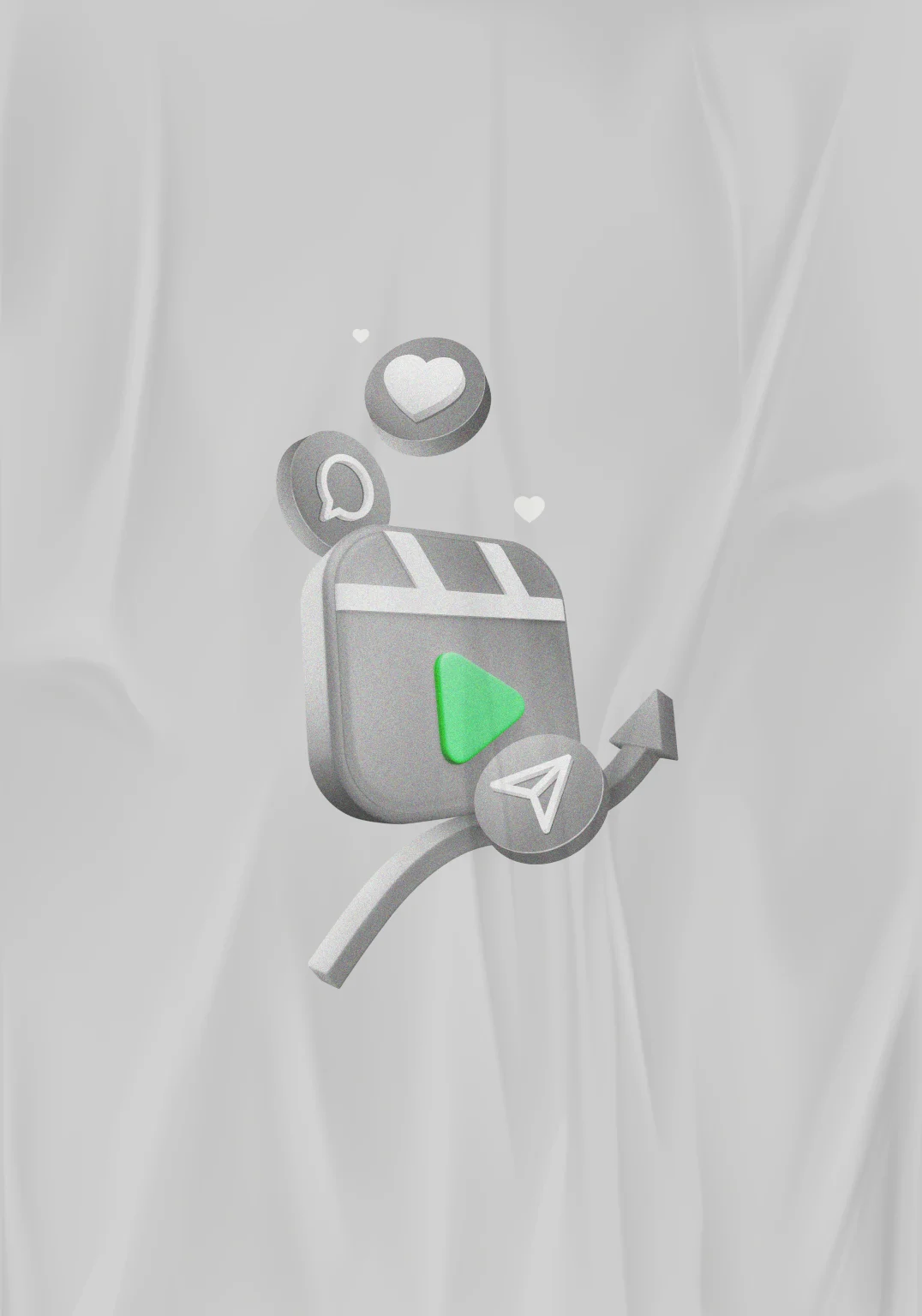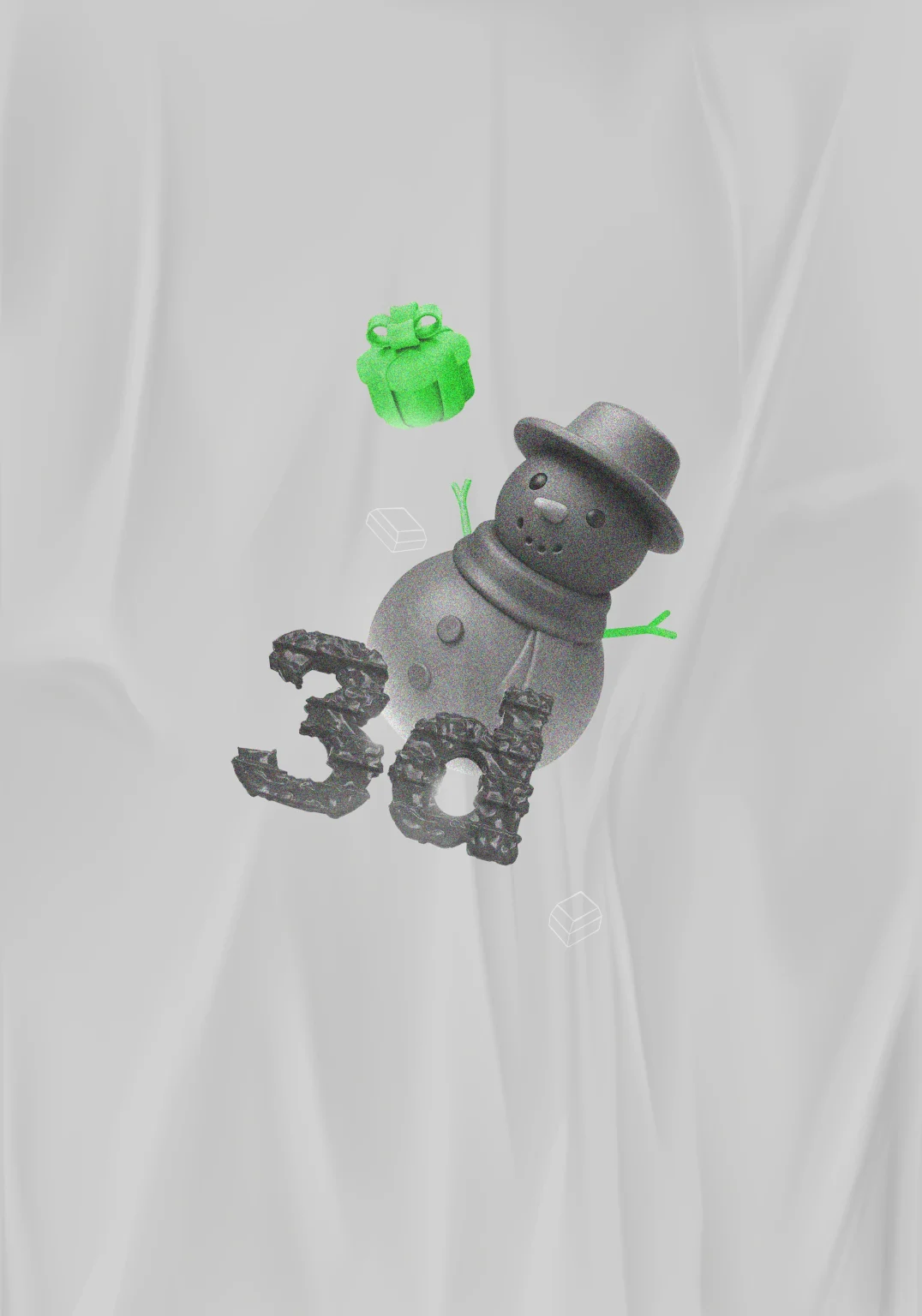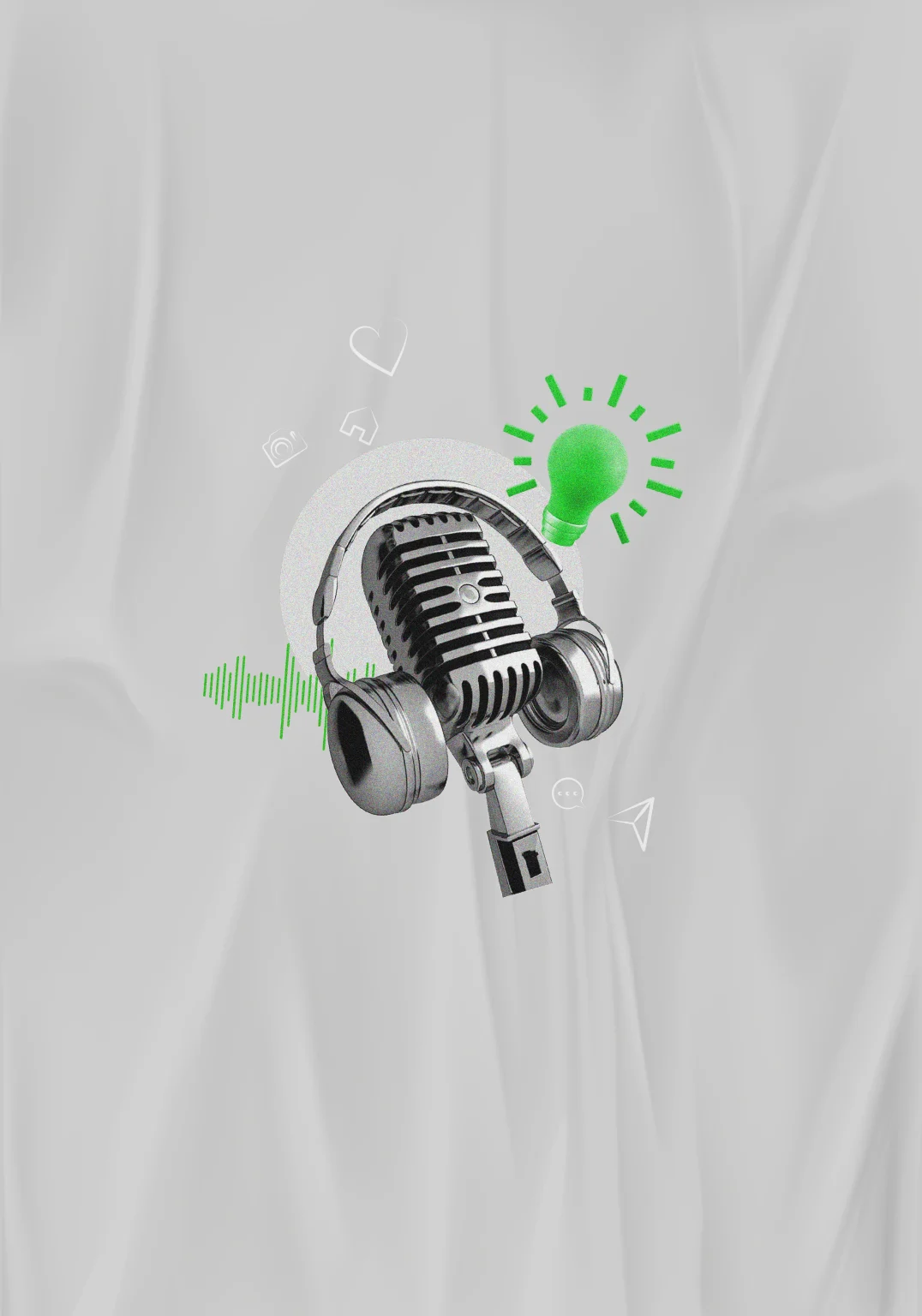Picture this—A 38% to 300% boost in your brand’s viewer engagement! Sounded like something you’d want for your brand, didn’t it? Well, that’s Motion Graphics for you! The amount of content that audiences are exposed to nowadays can’t be kept track of, and most of it fades without grabbing any attention. That is where motion graphics comes in as the saviour for brands; images moving around visually appealing elements keep audiences hooked.
Let’s start from the basics by answering the question that might have just popped in your head!
What is Motion Graphics?
Motion graphics involves adding movement to graphic elements like texts, shapes and other design elements. This visual storytelling adds life to boring static designs. The end result is content that keeps viewers engaged enough to deliver a message, information or idea.
Recently, motion graphics has become a popular tool among advertisers and marketers for engaging audiences.
Key Types of Motion Graphics-
A wide variety of styles and approaches are used in motion graphics, each with specific purposes in visual communication. Gaining an understanding of these types makes it easier for brands or creators to choose the right approach.
Have a look at the types of motion graphics:
1. Kinetic Typography
kinetic typography is a style that focuses on adding movement to text, mostly to highlight certain key points. It is used in promotional videos, music videos, and social media content.
2. Animated Logos
This kind of motion graphic is used in brand intros and outros for videos. Animated logos act as the soul behind a brand, improving brand identity and recognition. A skillfully animated logo creates a strong first impression to keep the audience hooked.
3. Explainer Videos
Explainer videos are animated graphics created to explain concepts, features or processes. It is a combination of illustrations, text, misc and voiceover that help viewers grasp the information. It helps in keeping people engaged for a longer period of time.
4. Infographics Animation
Remember those times when you had to understand data from texts and statics spanning several pages? Bet you don’t, all thanks to infographics animation. Infographics animations are videos that simplify these data and present it in a more engaging and understandable form. These are preferably used for educational content and presentations.
5. Character Animation
Vodafone’s Zoozoo! Ring a bell? That was a character animation and, without any doubt, one of the most popular ones in advertising. As the word suggested, character animation is creating an animated character, one that’s almost life-like. It is used to create a storyline and for visual storytelling, helping brands to connect at a deeper level with the audience. Mostly used in story-driven commercials, it also attracts kids as they find it lovable.
6. 3D Animation
By creating three-dimensional settings and objects, 3D animation gives your designs more depth and reality. Video games, architectural visualisations, and commercial demos frequently employ this method.
7. Visual Effects (VFX)
Visual effects add animated features or upgrades to live-action footage to make it more engaging. It is seen in movies, ads, and online material where motion graphics combine with real-world video. The animals in the RRR movie, the out-of-the-world atmosphere and character design of Avatar and even the dinosaurs in Jurassic Park were all visual effects (VFX).
But how do they create these motion graphics? The answer is simple: there are certain tools out there that artists use to create different types of motion graphics. In case you are wondering, yes, we will now go through some of the best tools for motion graphics.
Best Tools for Motion Graphics–
1. Adobe After Effects
Adobe After Effects stands as the topmost tool for visual effects and motion graphics. This powerful software enables designers to create complex animations, make use of striking visual effects, and create graphics of cinematic calibre.
A user-friendly timeline animation system, advanced motion tracking, and a large selection of plugins and effects are among the best of its features.
2. Cinema 4D
Cinema 4D has placed itself amongst the best software for 3D motion graphics design, primarily because of its easy-to-navigate interface and features. 3D modelling, animation, and rendering are its forte.
Additionally, it also offers notable features like advanced character animation tools, high-performance rendering capabilities, and a rich library of materials and objects.
3. Blender
A powerful open-source program, Blender has gained popularity due to its comprehensive 3D modelling, animation, and rendering features. Its extensive feature set and cost-free nature make it particularly popular with independent producers.
Character animation, visual effects, and even game design are just a few of the many motion graphics tasks that Blender offers.
4. Mocha Pro
Mocha Pro is a software that helps professionals integrate sophisticated visual effects and motion tracking. For experts working on post-production jobs, it is indispensable because of its exceptional performance in planar tracking, rotoscoping, and object removal.
Complex activities like rotoscoping and object removal are made easier by Mocha Pro’s unique planar tracking technology, resulting in reliable tracking results.
Conclusion
As consumer behaviour is evolving, their attention span is deteriorating significantly. And one of the most effective ways to catch audiences’ attention is motion graphics. While this blog clears the basics, there is a lot more to it. Partnering with a digital marketing agency for animation services is the most effective way, if you are a brand, to gain audiences’ attention and increase conversion.
Frequently Asked Questions
What are motion graphics?
Animation that creates the illusion of movement is known as motion graphics. They are used to increase communication and engagement in a variety of multimedia projects, advertisements, and instructional films.
What tools are used for creating motion graphics?
Some of the most popular tools used for creating motion graphics are Adobe After Effects, Blender, Cinema 4D and Mocha Pro.
What are the benefits of visual storytelling in animations?
Visual storytelling in animations helps in breaking down complex information into a simpler form while grabbing audiences’ attention.



